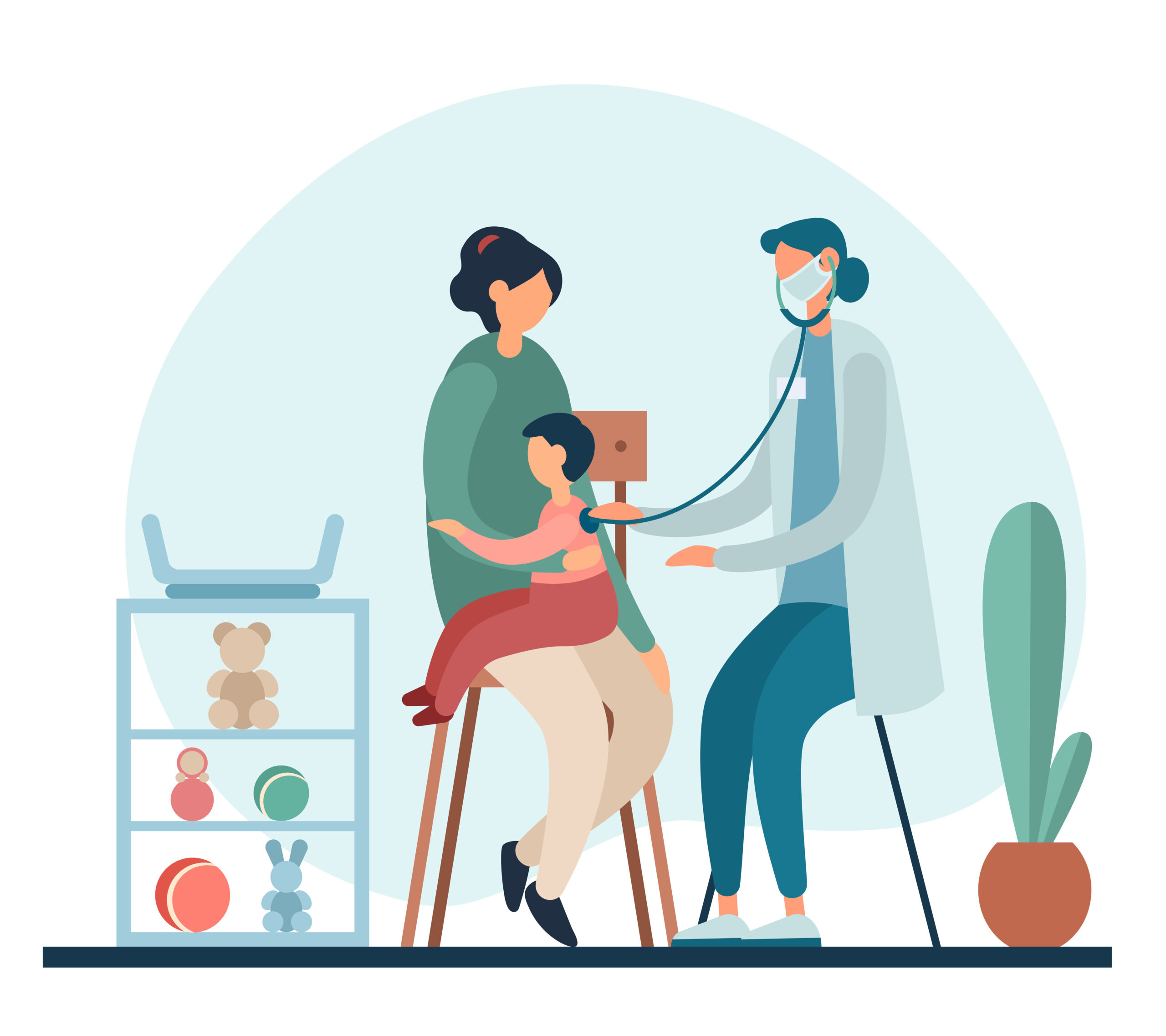
From Tears to Cheers: A Toddler Tonsillectomy Success Story
By Drew Isserlis Kramer
No one needs tonsils. Like the appendix, the two fleshy lumps on both sides of the throat are a vestigial organ, useless body parts of a bygone era. While no longer necessary for human survival, it is thought that the tonsils help the immune system protect the body from infections. According to the National Library of Medicine, in the early 1900s through the midcentury, a tonsillectomy was the most frequently performed surgery in the United States. The driving reason for its popularity was the theory that the tonsils were a “portal of infection.” Ambiguous evidence existed to support this thesis, but the treatment persisted, becoming almost a right of passage for American baby boomer children until medical experts abandoned those theories in the 1970 and 80s.
Psst…7 of the Best Parenting Podcasts
Today, the tonsillectomy is trending again. The shift in prevalence came after the American Academy of Otolaryngology-Head and Neck Surgery updated its recommendations for the procedure. The guidelines support removal of tonsils if a child has had 7 episodes of throat infection in one year. The guidelines also advise removal of the tonsils for children experiencing sleep disruptions due to breathing conditions like sleep apnea in children that satisfy the criteria for that disorder.
Thanks to a 2022-2023 winter season of rampant strep throat, many children like my now three year old experienced chronic infection and the tell tale inflamed tonsils that result. After months of antibiotics, his enlarged tonsils impaired his breathing and caused sleep disruptions that resulted in extreme threenager cranky behavior. After consulting our pediatrician and the referred ENT, we scheduled a date for mid-October and braced ourselves for a post-op toddler.
In advance of the surgery, my brethren of mom friends who have been there and done that armed me with reassurance that we will spend the weekend eating ice cream and send him back into school on Monday. In contrast, the doctor warned that he might be out of school for a full two weeks. My well-meaning friends experienced the aftermath of a tonsil shaving. My little man left the OR without a trace of tonsil. His adenoids were shaved for good measure. The doctor let us know that his tonsils were in rough shape, huge and pocketed with telltale signs of constant infection. We felt validated in the decision to remove, but also intimidated by the new task of caring for this grumpy little man that didn’t truly understand what was in store for him.
It has been one week since surgery. As we head into the colder months, I know many other families about to make the same decision. All will face the same questions of whether to remove, shave or wait and see. For me, I go with the advice of the professionals and trust in science. If you’ve made the choice to slice and suffer in the short term for long term wellness, below is my wisdom for how to manage a post-op preschooler.
- Before Surgery: I debated when to introduce the idea that we would be removing his tonsils. After several visits to the ENT to discuss his condition and cure the chronic infection with antibiotics, he was smart enough to know he had a problem. The night before the procedure, I read the book Goodbye Tonsils, to prepare him for the big day. It came with an adorable get well bear, which seemed to amuse his brother more than the patient. It is hard to read whether the book had a tremendous impact on his mental health, but it made me feel better knowing the steps we would experience together, and that it would all be better soon.
- What to Bring: The night before the big day, I packed a duffel of too many things. Although he’s been potty trained for a year, I brought some pull ups in case he needed them for after or during surgery. Since he didn’t drink or eat anything the night before, he went into surgery in his paw patrol undies and did not have an accident. I also brought a change of pajamas to go home in, so the hospital icks didn’t snuggle onto the couch when we returned. I brought books, the get well bear, and a few favorite toys to amuse him for the four hours we would have to wait at the hospital after surgery. The Goo Jit Zu action figure saved the day, providing a sensory something to work out the jitters before and after the procedure.
- In the Recovery Room: I’ve experienced the pleasure of surgical recovery as a patient, but never as a witness. In spite of all my preparations, I didn’t anticipate the irritability and arm flailing that happens when one comes out of general anesthesia. My advice for parents coming into this scene is to remember that your child is OK. This is all a part of the process. In the moment, my instinct guided me to get in the bed with him, holding him close and telling him I was there. Eventually, he fell asleep, waking up a half hour later confused, but calmed by the intravenous painkillers administered through the tube in his arm. The kind nurses at the hospital set him in front of a computer with Paw Patrol on repeat. Savor this moment of snuggly calm.
- The First Three Days: After the haze of the IV medications fade, the reality sets in for everyone. Perhaps your child is a mellow, easy going character who does as he is told in the best and worst of times. Or perhaps your child copes like mine. Upon wake up on day 2, nothing was right. No food or drink would pass his lips–not even my homemade rice pudding. No pain medication would enter his body. His breath was foul from wound recovery, no matter how often we brushed. He chose to lay motionless in the fetal position watching Paw Patrol for the next three days.
- With the Benefit of Hindsight: Apparently there is an alternate route to take pain killers that does not involve the mouth. After consultation with my pediatrician, I learned that in desperate times, I could use a suppository. It wasn’t great for either of us, but it wasn’t as bad as I thought it would be. Once medicated, he resumed playing and regulated his emotions. I wish I had gone in this direction sooner.
It has been a week. He is still not going to school. He’s still not eating or drinking much. He’s lost three pounds. He requires a lot of sleep to recover. He’s just a little boy. While I pride myself as a mother who is capable of tough love and teaching a man to fish, now I feel I must give him grace. When he wanders into my bed at night, I don’t walk him back. I don’t have a script for this recovery process, but I am leaning into my instincts and letting him lead. I worry that he’ll have a hard time readjusting to school separation. I worry that he’s not eating and drinking enough. I worry that I’m losing my marbles from lack of sleep or personal space. But I take comfort in knowing that this, too, shall pass.



